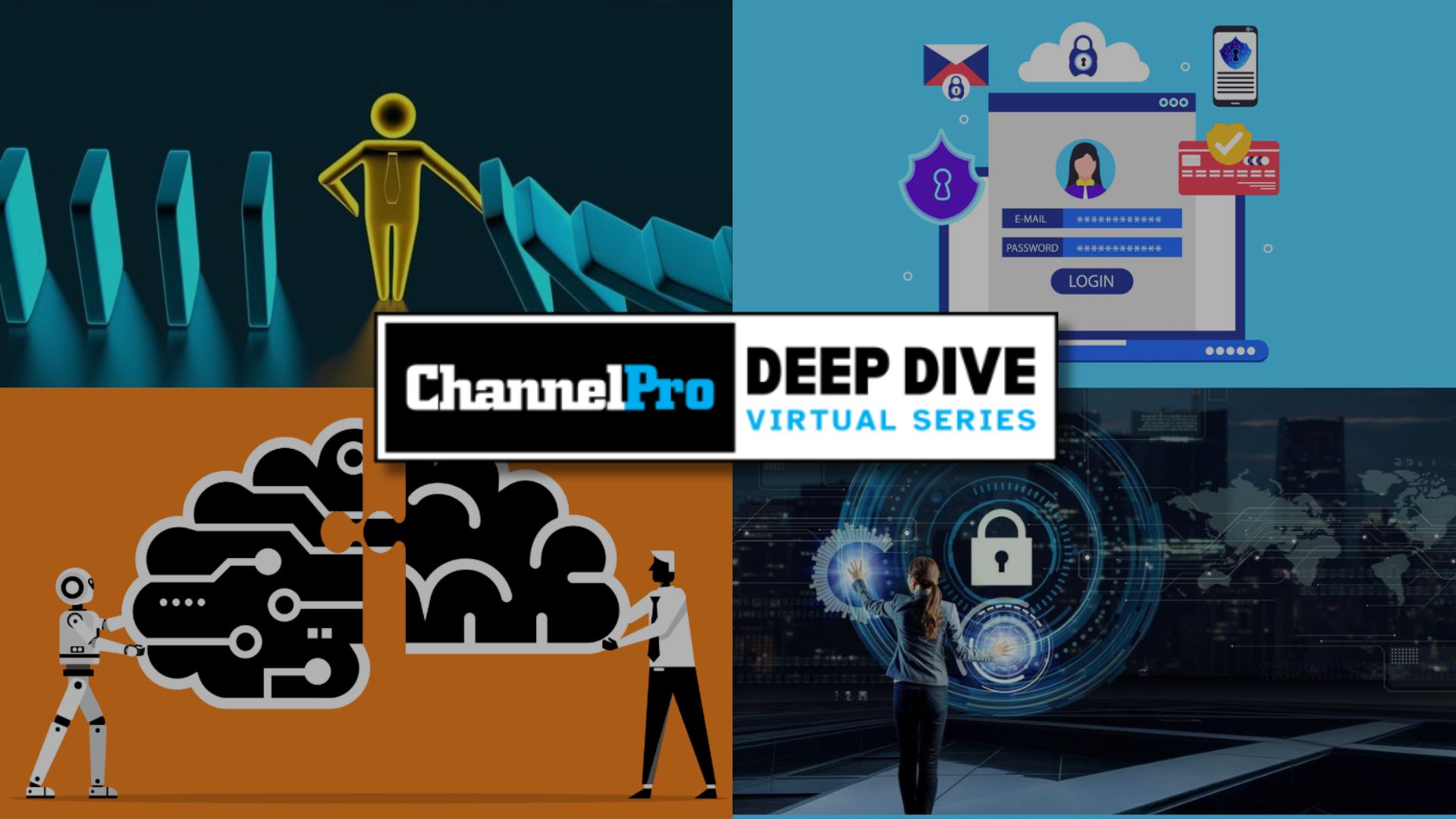A majority (68%) of enterprises executing digital transformation initiatives declare hybrid cloud to be an explicit IT strategy, according to 451 Research. There are good reasons for this. A hybrid approach provides the operational efficiency, resource optimization, and agility organizations need to keep up with digital transformation and compete in a digital-first economy. However, these benefits also come with greater complexity. As hybrid cloud evolves and businesses of all sizes increase their cloud investments, they face growing needs around self-service IT, visibility, security, and governance.
Organizations try to get a handle on this by investing in scripts, cloud management platforms, infrastructure-as-code, and other tools. While this multi-tool approach is the basis for a new cloud order, it creates another challenge. The more tools, the more integrations are needed to advance automation initiatives. This creates layer upon layer of custom code that makes visibility challenging and can lead to security breaches and rampant cost overruns.
Ultimately, this increasing complexity requires a new way of thinking about hybrid cloud management and automation. Going forward, managed IT service providers (MSPs) and co-managed IT providers must encourage their clients to leave old assumptions behind and embrace a new paradigm that focuses on flexibility, simplicity, and intelligence as guiding principles. The following are three examples where these principles are most important.
Self-Service IT Made Simple, Made Flexible
Internal IT organizations have a lot on their plate, and they can’t always resolve requests from end users and developers quickly. Today, it’s easy for DevOps to bypass IT and spin up public cloud resources on their own, and when IT is backed up and can’t resolve tickets fast enough, many developers will do so. However, this creates “”shadow IT,”” where apps run in the background unbeknownst to IT, and this can get expensive. Gartner estimates that shadow IT accounts for 30-40% of all enterprise IT spend.
Many organizations resolve shadow IT by implementing self-service, an approach where IT or the MSP creates a preapproved catalog of resources that end users can access through a single web-based portal. By putting guardrails on these resources—permissions, usage quotas, and more—the business gains speed and IT maintains control. Everybody wins.
However, current self-service approaches aren’t necessarily well-geared for the new world. Many require end users to pick target cloud deployment zones, select AWS plan sizes, or even configure security groups. They demand high learning curves and are good for 20% of end users who have those technical skills. But what about the remaining 80%? And what if IT wants to quickly expand to new use cases? Indeed, 71% of IT leaders believe that self-service IT should be easy for end users, allowing them to “”order”” what they want without any special knowledge or expertise; 56% also believe that their self-service initiatives do not meet this standard.
Clearly a new approach to self-service is needed, one that focuses on abstracting away the what, where, and how of cloud deployments so end users can simply focus on outcomes. It’s based on rapidly extending to new use cases through APIs, instead of waiting years for vendors to implement them in their core products. Ultimately, it makes self-service a true “”easy button”” for cloud. With deep abstraction comes greater simplicity. And in the fast-moving world of cloud, simple is the way self-service should be.
Intelligence in Cloud Cost Optimization
As organizations continue to spin up more cloud resources, they also need to understand what resources have been deployed and optimize them when necessary. Naturally, different clouds offer their own built-in visibility tools. These tools are, however, cloud-specific. For instance, one can’t use AWS CloudWatch to monitor Google Cloud Platform. As a result, a single-pane-of-glass approach becomes increasingly important to provide organizations with a comprehensive view of all their clouds.
Moreover, current cloud optimization approaches are often ill-suited to the growth of cloud-based workloads. Despite the multitude of tools on the market, many organizations still must export cloud bills into Excel, analyze gigabytes of raw data line by line, or chase down engineers to shut off unused compute instances. These manual methods just don’t scale. Not surprisingly, the No. 1 problem cited by FinOps pros in the State of FinOps 2021 report was getting engineers to take action on cloud spend (39% saying this was their top issue). How can businesses better adapt?
In the new world, a more intelligent way is based on automation. For instance, if engineers are provisioning public cloud resources, they should automatically be notified of potential overspend, and be afforded less expensive options. New approaches should also be intelligent enough to continuously detect unused or idle resources, provide instant optimization insights, and automatically remediate in real time.
As it stands right now, 78% of IT leaders say they lack visibility into who is provisioning what, and 56% want continuous notification of cost overruns and security gaps so stakeholders can address them in automated ways across cloud environments. The ability to continuously take action will be critical to align all stakeholders—ITOps, DevOps, and FinOps—to target cloud efficiency goals and better adapt to the rapid pace of cloud evolution.
Simple, Flexible Integration Services
Finally, as organizations adopt more public clouds, they will invest in more automation tools. This is already happening today with rapid proliferation of scripts, cloud management platforms, Terraform, Kubernetes—the list goes on. Automation requires integrations, but building integrations hasn’t really changed in 20 years. It’s largely point-to-point and it’s mostly custom, which is complex. According to the Consortium for IT Software Quality, custom software is both expensive (52% of projects cost 189% of original estimates) and time-consuming (19% of custom coding projects get canceled).
Custom also makes organizations less agile by creating technical debt. In fact, a full 76% of IT leaders say they find the integration of new third-party services challenging.
On top of all that, the number of integrations will only rise as organizations adopt more tools. Not only will internal IT or MSPs need to write and maintain more custom code, but the coding will never really be complete. No matter how much custom code is written, IT will have to keep changing and updating it to maintain security and compliance.
In the new world, a more flexible approach to integrations based on software-defined services is key. This means building integration services once—across various infrastructure technologies like networking, security, load balancers, and more—and enabling those integrations for rapid, scalable reuse across a growing automation toolset. This eliminates the need for one-to-one custom code while continuing to embrace a multi-tool, best-in-breed approach. By moving from custom integrations to intelligent integration services, organizations will be able to accelerate automation initiatives by better adapting their investments.
Hybrid cloud continues to move quickly. The need to automate, optimize, and secure workloads is increasing at scale. And unfortunately, so are the number of tools and processes required. Organizations need comprehensive solutions that automate, optimize, and secure workloads at scale; myopic, siloed solutions are no longer enough. In this new world, simpler is better. Combined with intelligent automation and flexibility, these critical guiding principles will help businesses of all sizes best optimize what they have, easily adapt to what’s coming down the road, and prepare for the new cloud order.
JEFF KUKOWSKI is CEO at CloudBolt, a hybrid cloud management platform.













